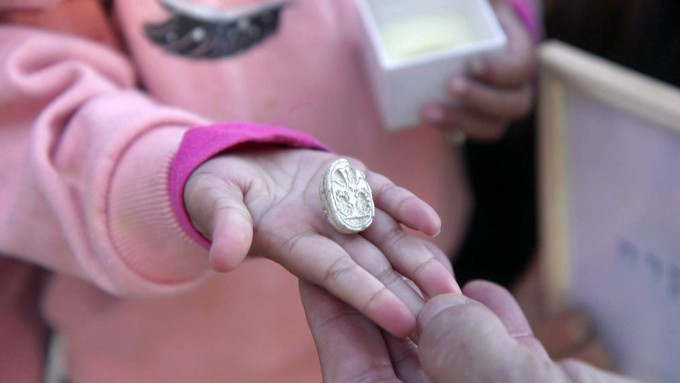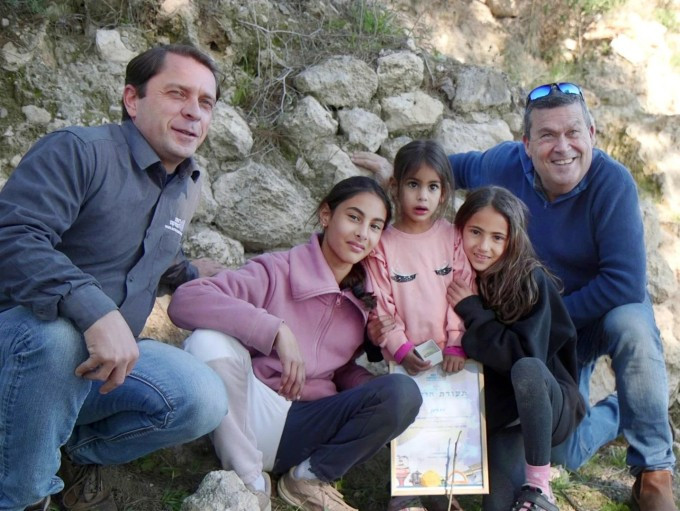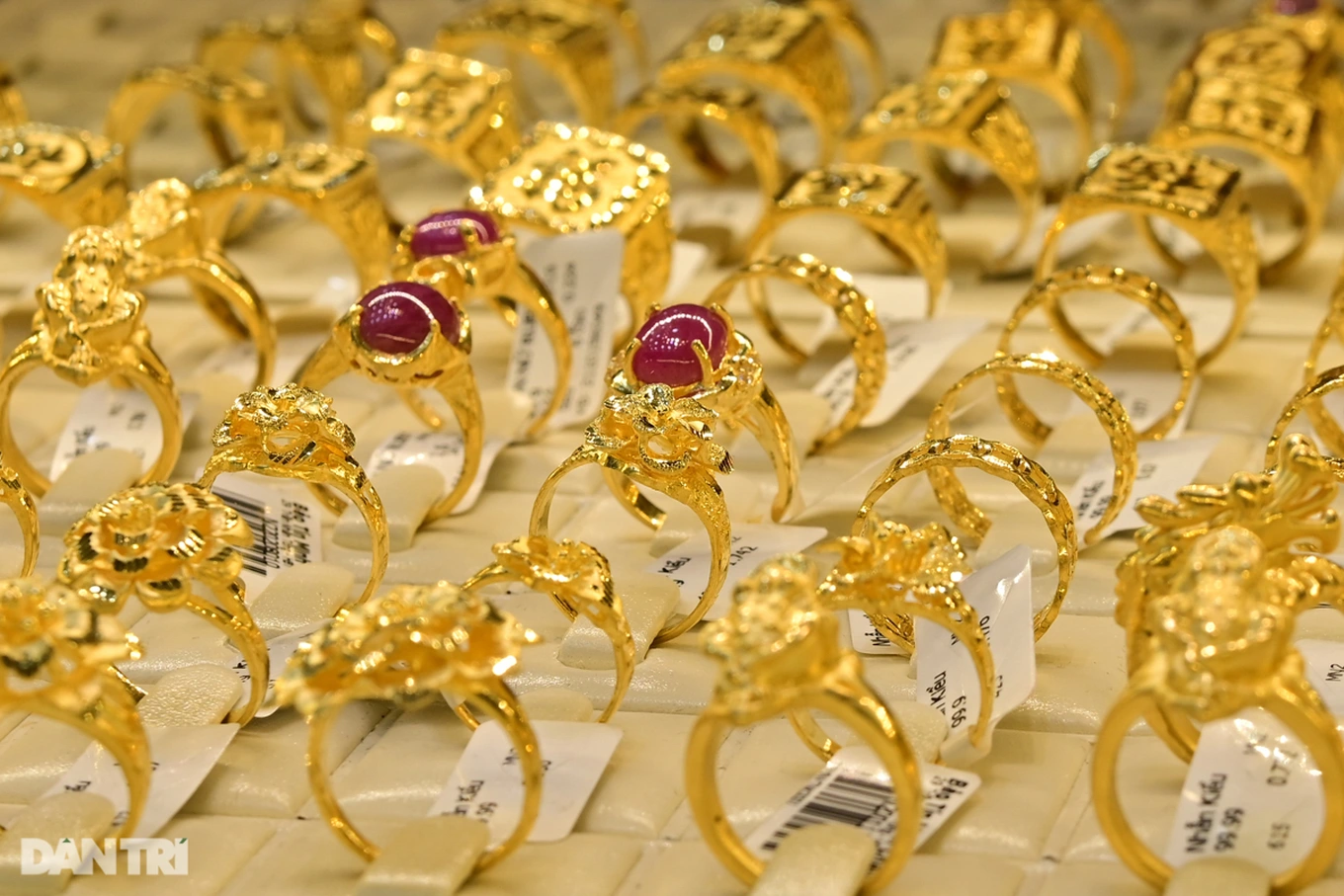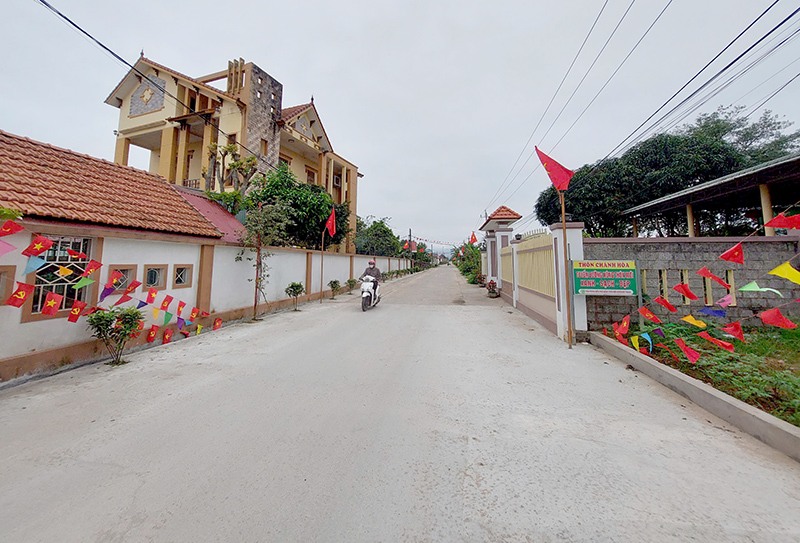The Israel Antiquities Authority said on April 1 that three-year-old Ziv Nitzan discovered a scarab amulet, believed to have belonged to a Canaanite community that lived 3,800 years ago, while visiting the Tel Azekah archaeological site, about 80 kilometers southeast of Tel Aviv.
The amulet will be displayed at a special exhibition organized by the Israel Antiquities Authority in mid-April.

Ziv's sister, Omer Nitzan, said she found the amulet while out with her family in early March. "We were walking along the road when Ziv bent down. Out of all the stones around, he picked up this special one. After Ziv wiped the sand off, we noticed something different," Omer recalled.
The family then notified the antiquities authority. The Tel Azekah archaeological site is a hill formed by settlements built on top of each other over time and is mentioned in the Bible.
Daphna Ben-Tor, curator of Egyptian archaeology at the Israel Museum in Jerusalem and amulet researcher, believes the scarab amulet dates to the Middle Bronze Age, which lasted from about 2100 to 1600 BC.
This period saw the rise of the thriving Canaanite culture in the Levant, which is believed to have included the areas of modern-day Syria and Lebanon bordering the Mediterranean Sea. The Canaanites were the first Semitic people to inhabit this area.
According to the Israel Antiquities Authority, scarab amulets may have originated in ancient Egypt, where scarabs were considered sacred, symbols of new life or even of the divine.
"Scarves were used during this period as seals and amulets. They were found in houses and graves. Sometimes they carried symbols and messages reflecting religious beliefs or status," said Ben-Tor.

Archaeologists say many artifacts have been found at Tel Azekah, such as city walls and agricultural structures from the Iron Age kingdom of Judah.
"The scarab amulet that Ziv found is part of a long list of Egyptian and Canaanite artifacts discovered at the site, attesting to the close ties and cultural influence between Canaan and Egypt," said Tel Aviv University professor Oded Lipschits, who led excavations at the site.
Source: https://baohatinh.vn/be-3-tuoi-tim-thay-bau-vat-3800-nam-post285254.html
























![[Photo] Visiting Cu Chi Tunnels - a heroic underground feat](https://vstatic.vietnam.vn/vietnam/resource/IMAGE/2025/4/8/06cb489403514b878768dd7262daba0b)





























































Comment (0)